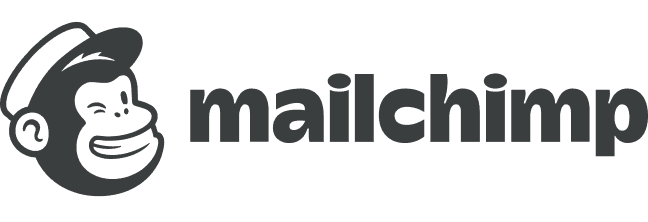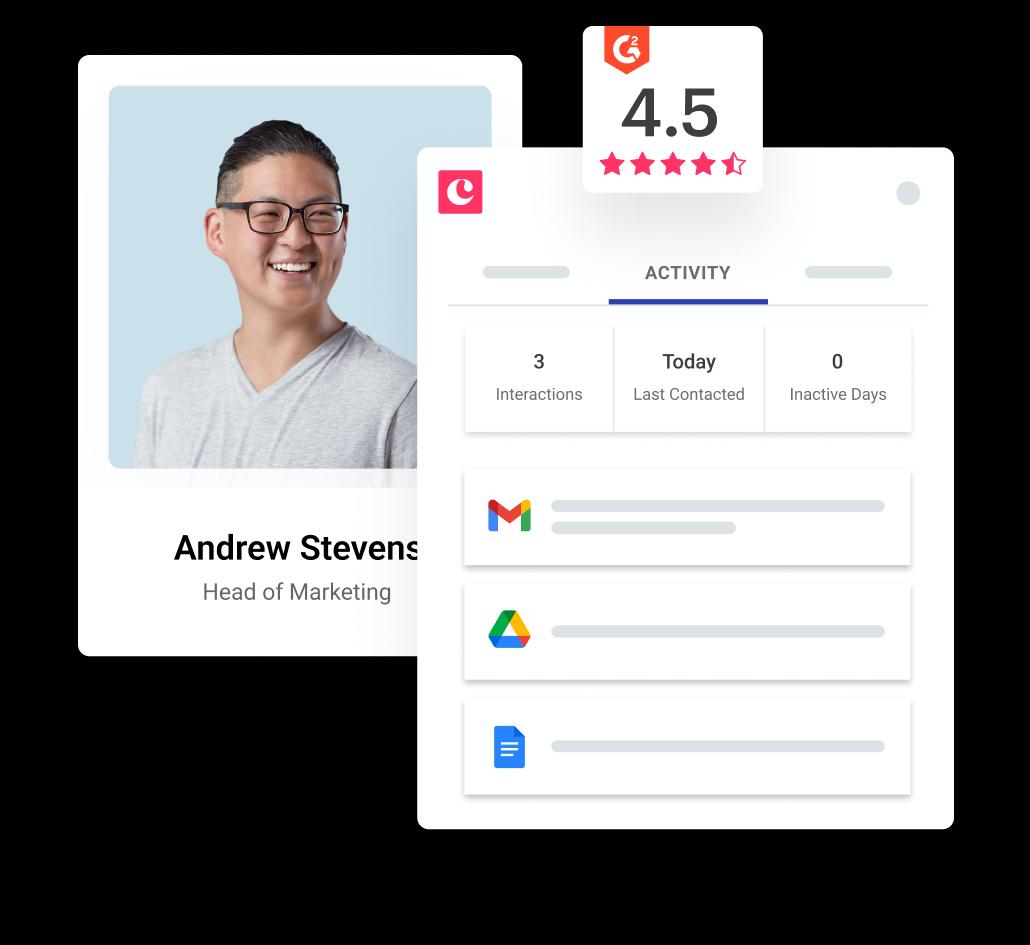
Loni Klara
With recent research showing that CRM brings back $8.71 for every dollar spent, it’s no wonder tech companies increasingly want to invest in CRM software.
But before choosing a cloud system and jumping into the CRM game, be aware of the common misconception that using one will automatically improve your processes and customer management.
As with any other internal process, how you implement the software may matter even more than the CRM’s actual capabilities. Yes, even with a great CRM tool by your side, you still need to do the work to get the most ROI out of your investment.
Let’s help you avoid the biggest CRM mistakes that tech companies make.
Overlooking employee engagement
Tech companies looking at CRM solutions are naturally thinking about their customers. You hope getting powerful software will improve customer satisfaction.
And yet, who’s going to use the actual CRM? It’s not your customers. It’s your sales reps and other employees.
“For every dollar spent on employee feedback, companies spend hundreds of dollars on customer feedback.”- Troy Stevenson, former Vice President of eBay
A survey by Medallia Institute revealed that 56% of employees have suggestions for improvement, and that 43% say their propositions would save costs for the company. Here's what an employee feedback loop looks like:
When your employees get involved, they can help you improve processes.
Implementing a CRM tool is a process that should involve feedback and input from the people who are regularly going to use it. Here are some questions you could ask:
- What features are they using the most?
- What’s lacking in the CRM?
- Would they benefit from upgrading to a plan with additional features?
- How much time are they saving on manual data entry with the CRM?
- Do they have any tips or suggestions for how to use the software better?
By making sure that your sales reps see the good in the CRM and actually benefit from its features, you’re setting yourself on the road to a successful implementation.

Pro-tip
Learn more? 👇
Make sure you're using CRM the right way. Download the free CRM Best Practices Guide for Tech Companies.
Paying for too many features (or not using them)
With so many options out there, you’ll likely spend a lot of time researching the features of this CRM versus that one. Sales reps from the software companies could sell you on some great features, too—the problem is, you might not even need all of them.
It might sound like a good idea to go with the solution that has the most features. But if you’re growing fast and trying to scale, overwhelming your sales reps with a ton of features can actually slow down the process.
Also, even if the CRM has 100 different features, if your sales reps find them difficult to use, they won’t use it. This puts you in a situation where you’ve paid full-price for software when you’re only using 5% of its functions.
Of course, any good CRM software should provide all the functions you’d need and want, including:
- Contact management
- Sales data and analytics
- Team collaboration
- Email integration
- Native mobile apps
For example, Copper lets you manage all your contacts in one place.
Beyond this, your company’s priorities will determine what features you really need. The more features a CRM solution has, the more training you’ll need to provide.
Make sure to think about how your team would adopt the software as opposed to just going with the one that has the most features. If you do want to invest in more features, train your team so they get the maximum use out of the CRM software.
Hoping dirty data will disappear with a CRM
A CRM tool can solve many problems, but hoping it’ll clear or help with the dirty data situation is wishful thinking. Unfortunately, migrating dirty data to a CRM solution won’t get rid of it.
Inaccurate or outdated data costs U.S. businesses $3 trillion per year and many companies waste valuable resources working with dirty data.
According to Biznology, B2B companies can expect an average data decay rate of 70% per year. That means 7 out of 10 leads you contact are outdated.
This infographic from Umbel captures the costs of dirty data at a glance:
Getting rid of dirty data is a priority for any tech company that wants to improve its efficiency. CRM software can help to an extent because they make the data easily organizable and allows for clear communication across different team members.
However, cleaning up old data is a proactive activity. Once you’ve migrated your data, you still need to spend some time going through it to reduce the clutter. When choosing CRM software, check to see how easy it is to sort through contacts.
Ignoring key integrations
No matter how powerful CRM software is, one that doesn’t offer any integrations will ultimately be difficult to use.
Tech companies are usually early adopters and the first to use innovative SaaS solutions that will increase their productivity and revenue. They’re interested in solutions that help them scale.
This means that one of the biggest mistakes they can make is not letting these solutions play together.
CRM tools should integrate with other platforms like:
- G Suite
- eCommerce platform
- Team management software
- Team communications tool
- Accounting/invoicing software
For example, here's how Copper integrates with G Suite:
Copper’s Gmail integration makes it easy to work directly out of your inbox
The more flexibility it offers, either through direct or third-party integrations, the better.
CRM solutions that invest in integrations clearly understand that companies are using many different tools and that it makes day-to-day work so much easier when the applications communicate with one another.
Failure to keep growing and experimenting
What happens after implementing CRM software? The journey doesn’t just end there. A good CRM solution comes with updates and as processes change, these features could be constantly tested out to make more improvements.
CRM implementation doesn’t happen in a day. Your team might start out with the most basic functions, then branch out to the more complex features as you get acquainted with the software.
As time passes, your company could scale. There could be more business needs, more customers, and more sales reps using the CRM tool. Maybe you need to upgrade to a different tier with more features like customized reporting and bulk emails.
That involves more learning and experimenting to find a process that works. Take a page out of the playbook of the 100-year-old beauty brand, L’Oreal. Their digital innovation and focus on experimentation and risks quadrupled sales of their NYX makeup line.
On this note, choosing a CRM solution that takes into account your future growth is crucial if you don’t want to migrate and implement a new system within a short timespan.
Even if you only have five employees using the software now, can your solution handle it if your business grows to 50? 500? Research its pricing tiers, advanced features, and capabilities. If you’re growing fast, you’ll eventually need the advanced functions.
Skipping ongoing training
After you’ve gone through the whole process of choosing and implementing the CRM tool of your choice, there’s one last vital element: ongoing training.
If you expect your employees to automatically pick up the new software, you may be blindsided by the low adoption rate. Even the most tech-savvy sales reps need clear guidance on how to use the software for their work.
A clearly defined training process comes from a well-defined strategy. Communicate why you’re switching to the CRM software, what you hope to gain from it, and how you expect your employees to use it.
Whenever there’s a new hire, offer the same comprehensive training either through a product demo video and resources or through another team member that has gone through the learning process.
Even after your team has successfully adopted the software, there’s always more to be done. Offer ongoing guidance and opportunities to do workshop sessions. Encourage your team to share effective uses of the software.
Of course, a CRM that’s easy to learn and use will make things a lot easier. When choosing which piece of software to use, try to go with one that fits into your team’s current workflow.
That will make the adoption process smooth.
Here are some features to consider when choosing a CRM:
- Intuitive design: The software is easy for new users to pick up, with functions like drag-and-drop, visible notifications, etc.
- Customer support: During the learning curve, having a good support team matters so you can answer questions and get fast responses.
- Product resources: Check to see if the CRM’s website has how-to guides, blogs, and other resources to help you make the most out of the product.
There are always overlooked features and tricks that not everyone might be aware of. Use this as an opportunity for team-building and engagement. For fast-growing tech companies that often go through big hiring cycles, training new employees is just as important as keeping older employees engaged.
How to avoid the biggest CRM mistakes
Before investing in CRM software, narrow down how and why you want to use the tool. Think about who’s going to use it on a daily basis, and who will benefit from the tech.
Successful CRM implementation involves three parties: the company, the users, and the customers. Failure to account for any one of these groups results in mistakes that cost hours, dollars, and delays for your company.
To avoid these mistakes, go into the process with your eyes wide open. Set clear expectations both in terms of ROI, KPIs, and overall customer success strategy. When you know what you’re shooting for, it’s easier to identify vulnerable areas and confront them head-on.










